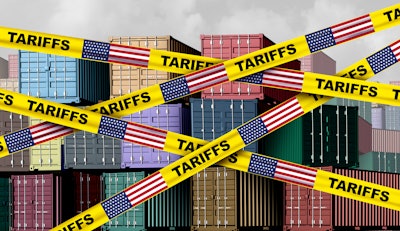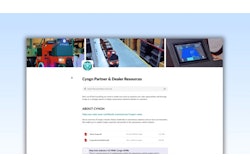
Flexport launched the Flexport Tariff Simulator, a new tool designed to help businesses estimate landed costs and navigate the evolving tariff landscape with greater speed and confidence.
“Our customers have been telling us loud and clear: they need clarity on costs,” says Ryan Petersen, Founder and CEO of Flexport. “Our engineering team built The Flexport Tariff Simulator in response to meet that need in the face of all the uncertainty caused by rapid policy changes. We want to help merchants avoid expensive surprises.”
Key takeaways:
· With the Flexport Tariff Simulator, importers shipping to the United States can now estimate tariff and landed cost scenarios based on key shipment details, including harmonized tariff schedule (HTS) code; shipment value; entry date; country of origin; and product-specific details such as material composition.
· The Flexport Tariff Simulator enables dynamic scenario planning and cost forecasting as businesses explore alternative trade lanes, manufacturing options, and import timelines.
· Within the simulator, there is an interactive map that allows users to see critical trade data around the world, including the total value of imports from a given country, the current average duty rate, and the percentage of total United States imports coming from that country.
· Along with the tariff simulator, Flexport is also launching a new, searchable catalog of HTS code content. Each entry provides detailed, easy-to-understand information to help businesses better navigate classification requirements, special duty rates, and implications for their customs clearance process.




![Pros To Know 2026 [color]](https://img.sdcexec.com/mindful/acbm/workspaces/default/uploads/2025/08/prostoknow-2026-color.mduFvhpgMk.png?auto=format%2Ccompress&bg=fff&fill-color=fff&fit=fill&h=100&q=70&w=100)







![Pros To Know 2026 [color]](https://img.sdcexec.com/mindful/acbm/workspaces/default/uploads/2025/08/prostoknow-2026-color.mduFvhpgMk.png?ar=16%3A9&auto=format%2Ccompress&bg=fff&fill-color=fff&fit=fill&h=135&q=70&w=240)




